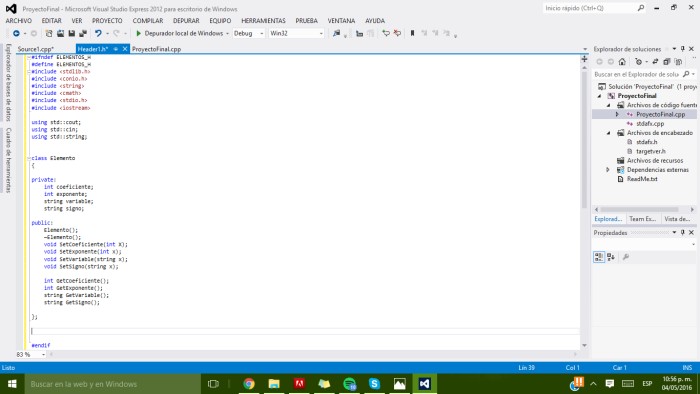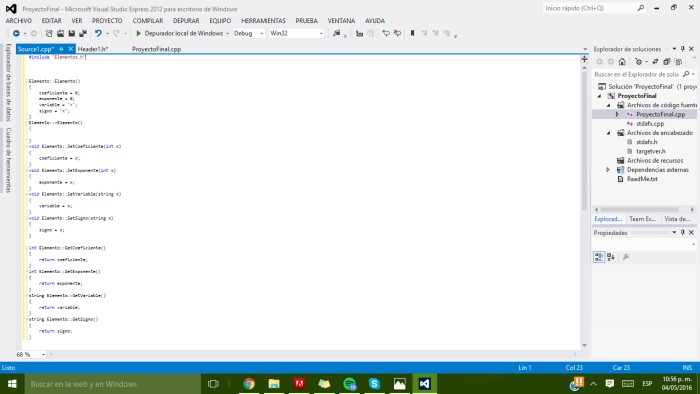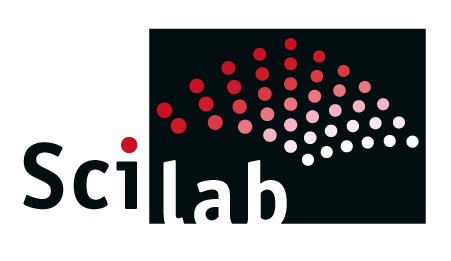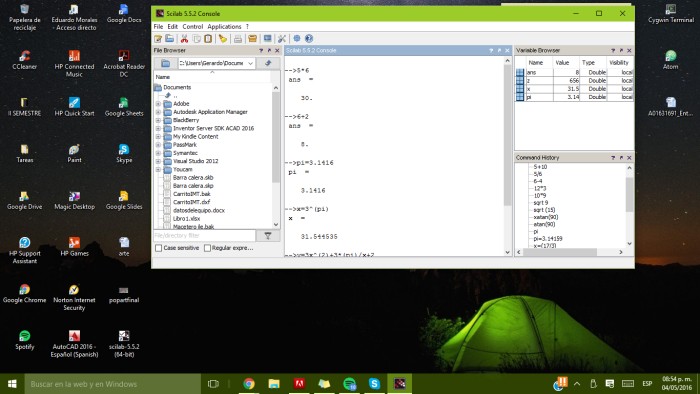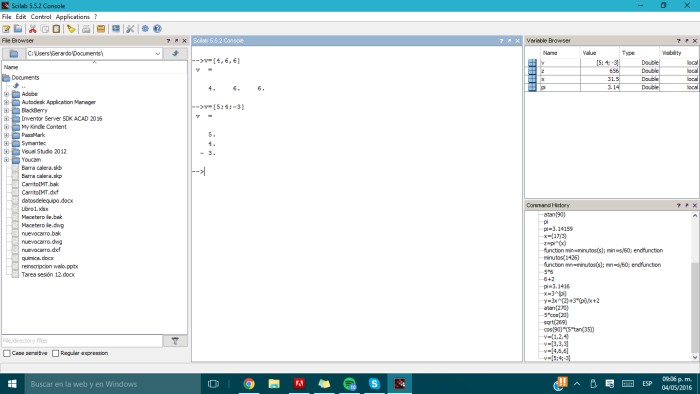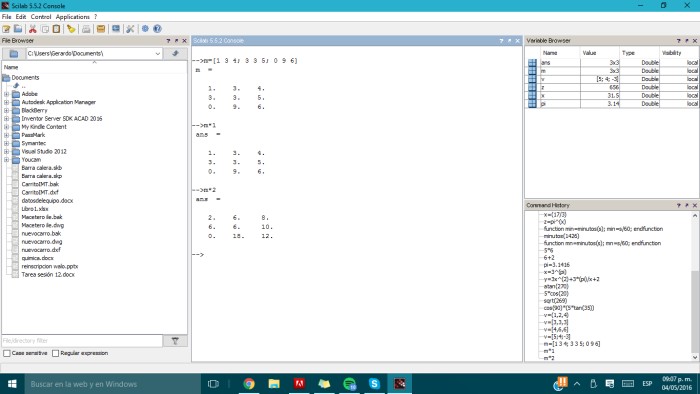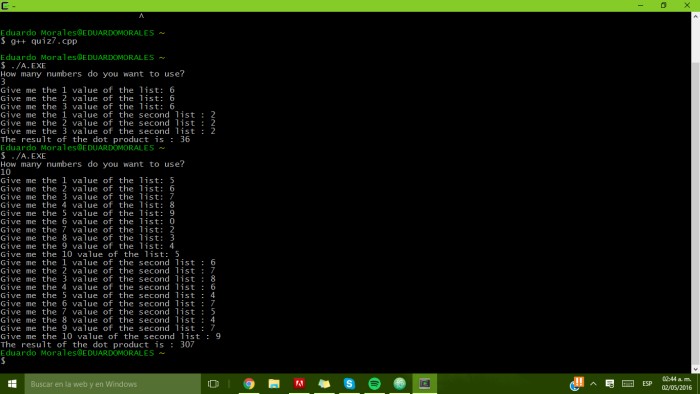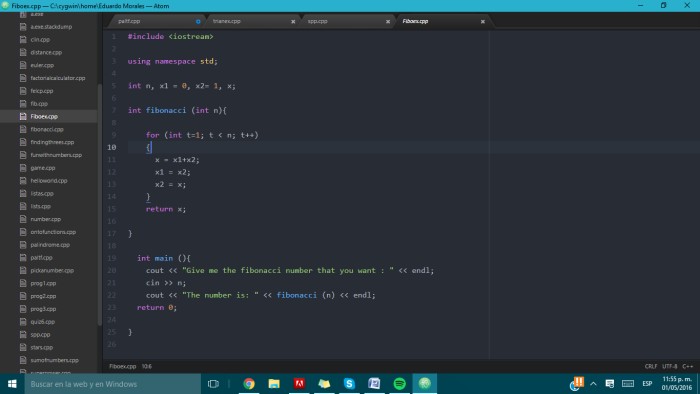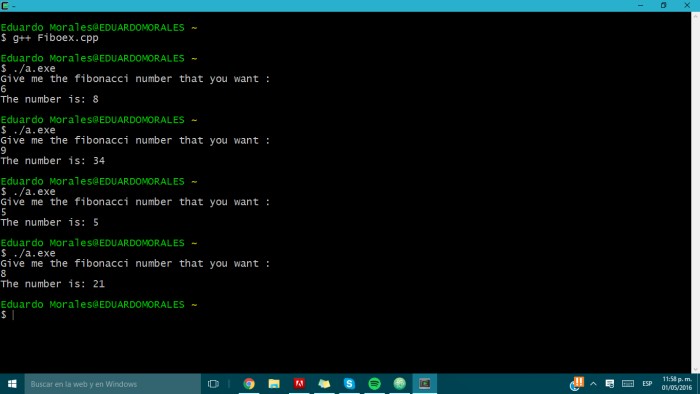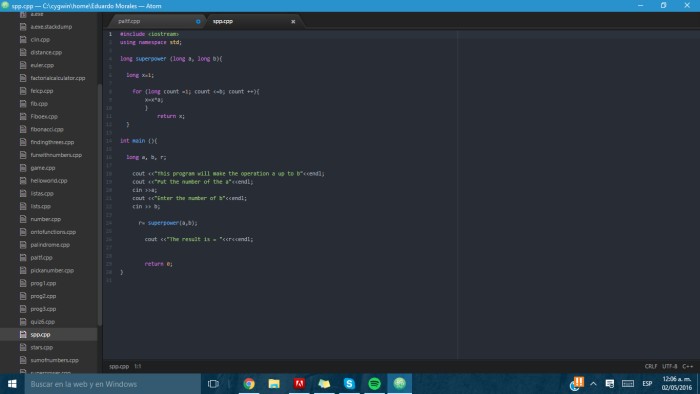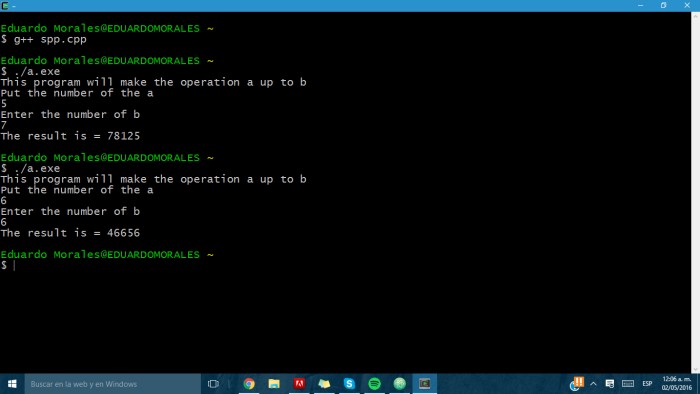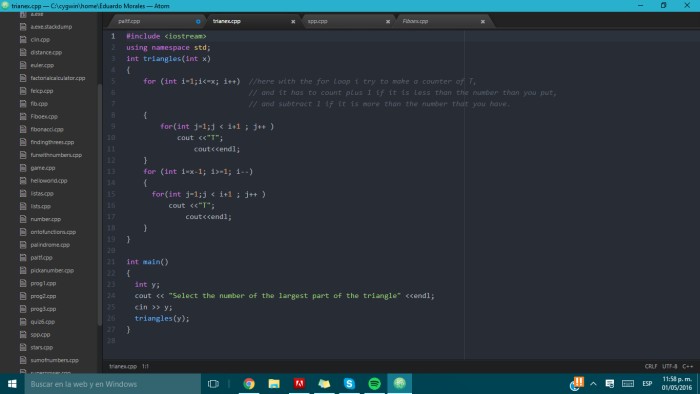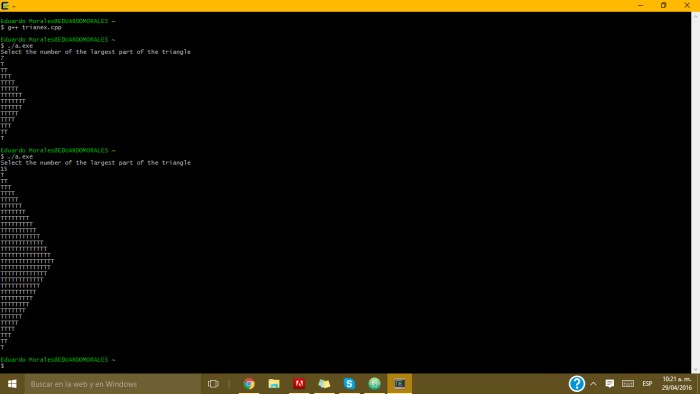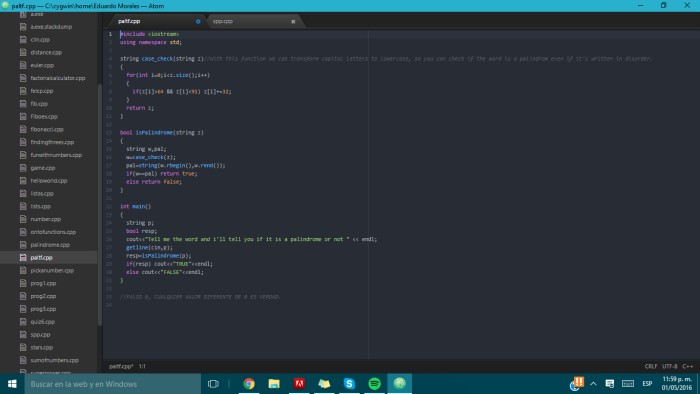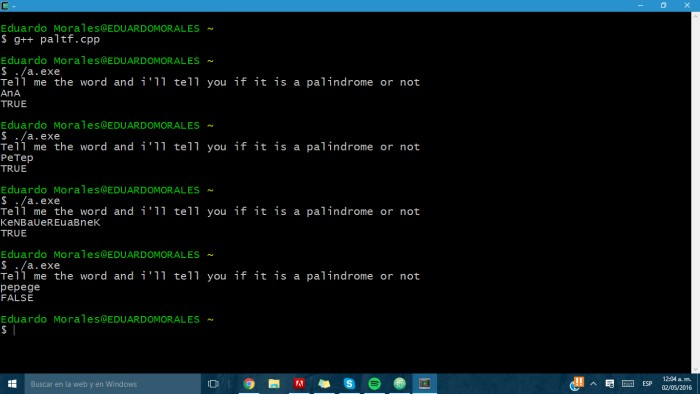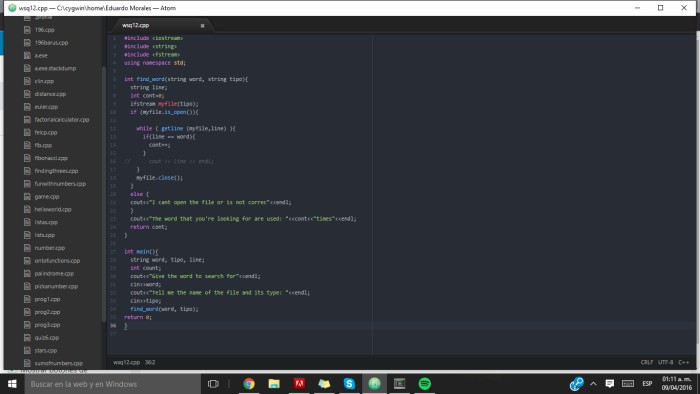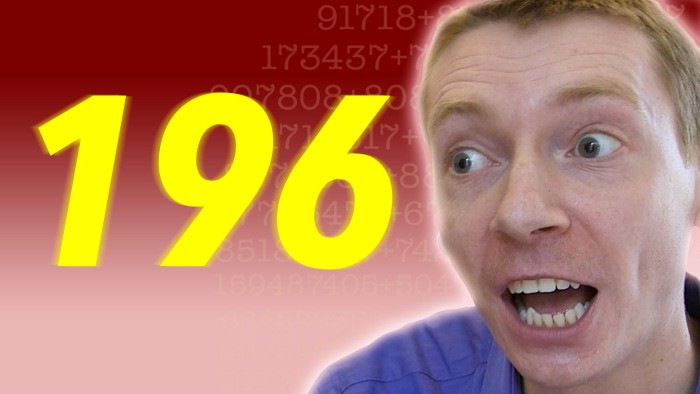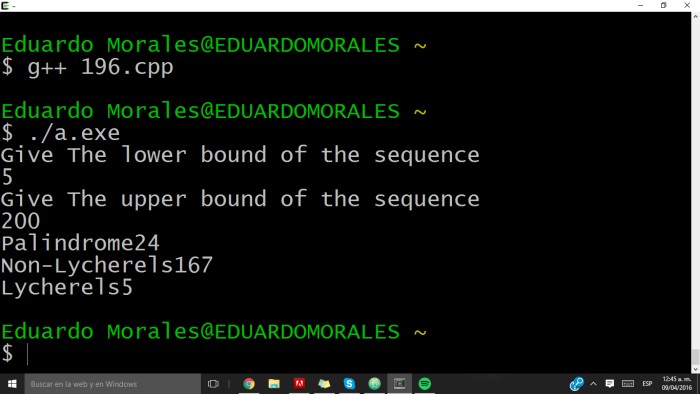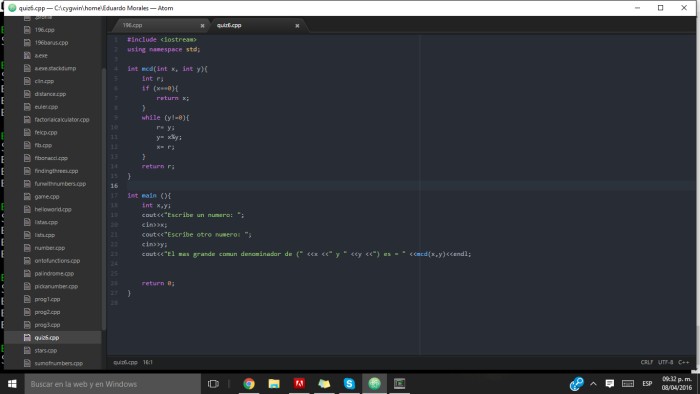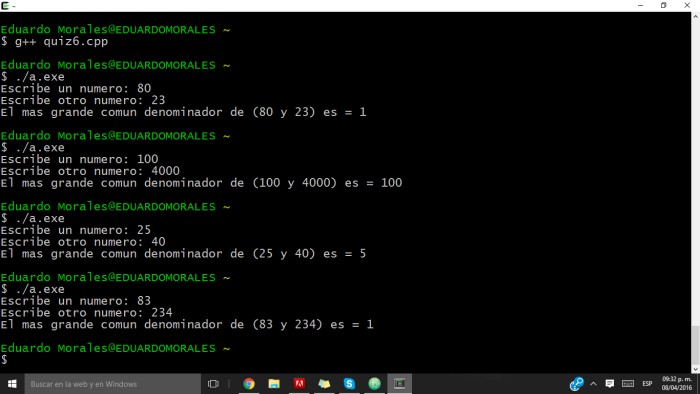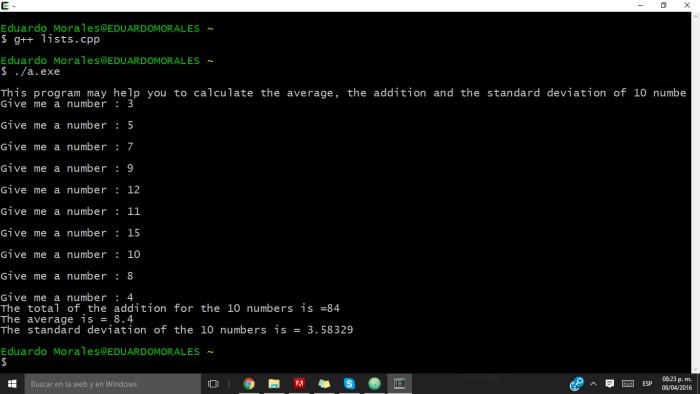“Hello World”. Con eso empezó todo, un curso más y diferente, con la aplicación de un nuevo método de aprendizaje que sin duda me ayudó a aprender de una manera diferente, a través del “Flipped Learning”. Mi curso de Solución de Problemas de Programación con el profesor Ken Bauer me ha dejado muchas cosas buenas, como el aprendizaje en equipo, la responsabilidad, el expresar mis dudas cada vez que existan, el uso de las redes sociales como método de aprendizaje y de cultura estudiantil.
Personalmente me gustó mucho la manera de evaluar, la flexibilidad que a veces nos hacía un poco mas ociosos pero que a final de cuentas siempre debíamos entregar todo en tiempo y forma. Considero que la poca importancia que se le da a las faltas nos ayuda a distribuir mejor nuestro tiempo (obviamente nunca siendo irresponsable y faltando por causas innecesarias), preparándonos para una vida profesional, donde tu eres responsable completamente de lo que haces. Que el profesor nos diera los temas y hacer un blog post del mismo, me sirvió para aprender a buscar información, a recurrir a ayuda de otras personas y a trabajar en equipo, lo que me demostró la importancia del internet y que siempre podemos recurrir a otras personas para terminar nuestros trabajos y cumplir nuestras metas.
Este curso me ayudó a aprender nuevos métodos para programar, usando C++ y una terminal, creando funciones, usando vectores, loops, entre otros, que espero sigan siendo útiles a lo largo de mi carrera porque en lo personal me gusta mucho la programación. Además, la creación de mi blog creo que es algo que personalmente me gustó más que todo lo demás, ya que estoy haciendo que mis trabajos sean útiles para otras personas, expandiendo hasta dónde puede llegar lo que hago y que los




